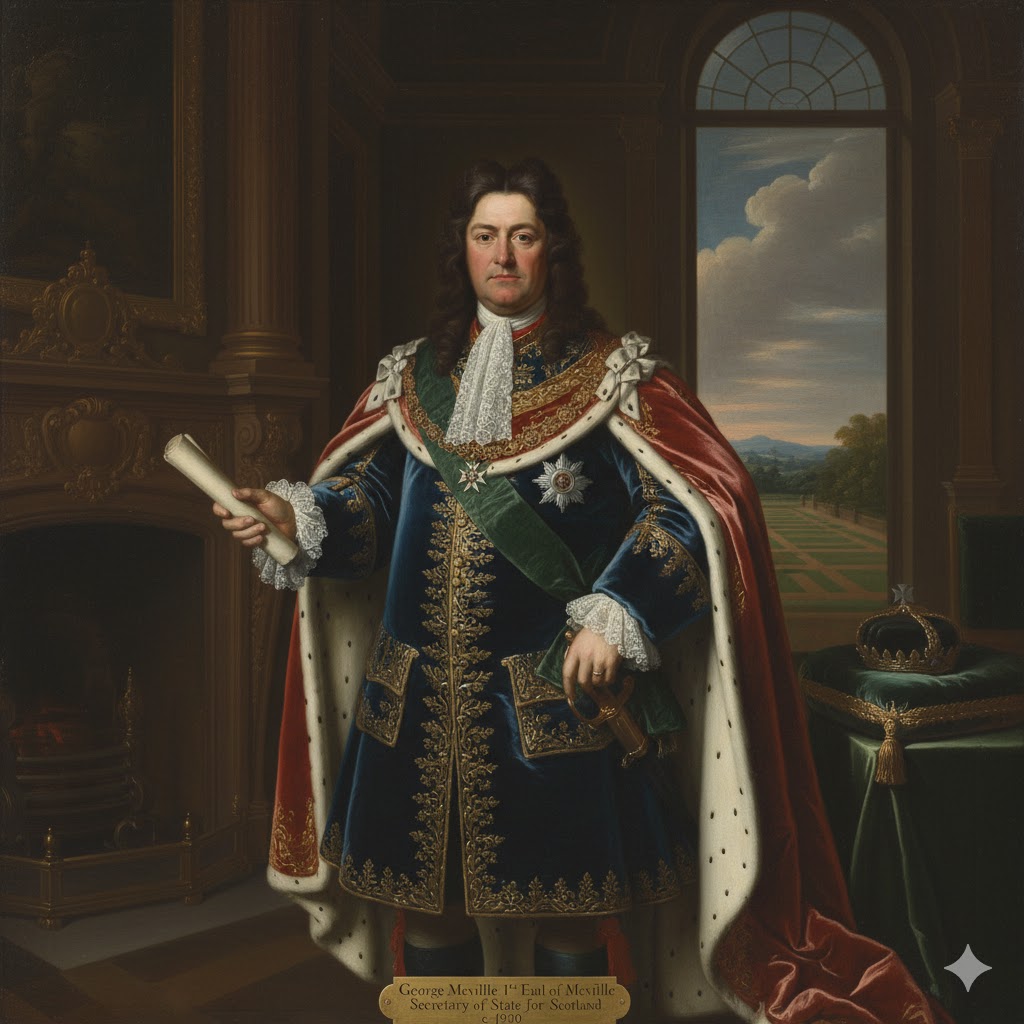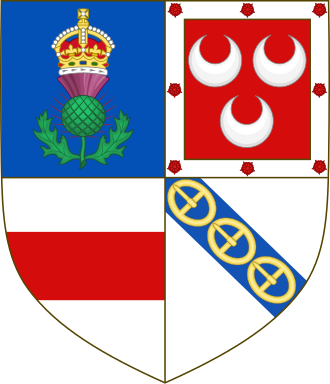The title Earl of Melville is a dignity in the Peerage of Scotland, primarily associated with the Leslie family (who later adopted the surname Leslie-Melville). The history of this earldom is closely tied to prominent political and religious shifts in Scotland during the 17th century.

Key Aspects of the Earldom of Melville
Origin of the Title and the Melville Family
- Creation: The Earldom of Melville was created in 1690 for George Melville, 1st Lord Melville.
- Family: The Melvilles were an ancient Scottish family, originally from the lands of Melville in Midlothian. They rose to prominence through various offices and landholdings.
George Melville, 1st Earl of Melville: A Pivotal Figure
The first Earl, George Melville, was a highly significant figure in Scottish politics during a period of intense religious and political strife:
- Presbyterian and Whig: Melville was a staunch Presbyterian and a committed Whig (a political faction generally supportive of parliamentary power and Protestant succession). This put him at odds with the pro-Catholic and absolutist policies of King James VII (James II of England).
- Exile: His political and religious convictions led him to be implicated in plots against James VII, forcing him to flee to the Netherlands in the 1680s. He became a close confidant of William of Orange.
- Glorious Revolution: Melville returned to Scotland with William of Orange during the Glorious Revolution of 1688. He played a crucial role in securing the Scottish Parliament’s acceptance of William and Mary as monarchs.
- High Office: For his loyalty and services, he was amply rewarded by William and Mary. He served as Secretary of State for Scotland (1689–1691) and later as Lord Privy Seal of Scotland (1692–1696). It was during this period of high influence that he was elevated to the Earldom of Melville in 1690.
Union with the Earldom of Leven
A key development in the history of the Earldom of Melville was its union with the Earldom of Leven:
- David Leslie, 3rd Earl of Leven and 2nd Earl of Melville (1660–1728): George Melville’s son, David, inherited the Earldom of Melville. David had previously inherited the Earldom of Leven in 1689 from his uncle.
- Amalgamation: Since 1689, the two earldoms (Leven and Melville) have been held by the same individual, making the full title Earl of Leven and Melville. The family seat became Melville House in Fife.
Later History and Legacy
The combined earldom has continued through various generations of the Leslie-Melville family. They have maintained a prominent, though less politically central, role in Scottish life. The family has served as Scottish Representative Peers and contributed to public life.
The Earldom of Melville, therefore, represents a tale of political exile, shrewd loyalty, and eventual restoration and reward, culminating in the enduring union with another ancient Scottish earldom.

Discover more from WILLIAMS WRITINGS
Subscribe to get the latest posts sent to your email.




